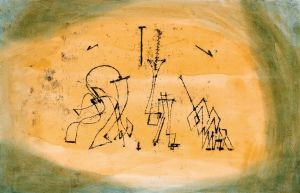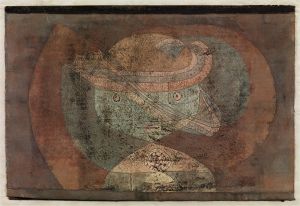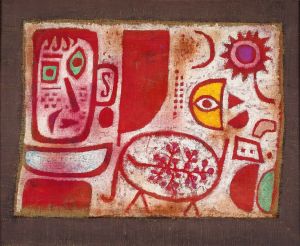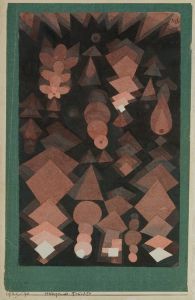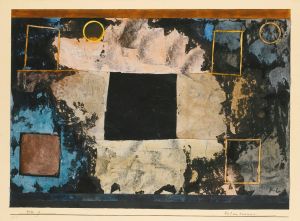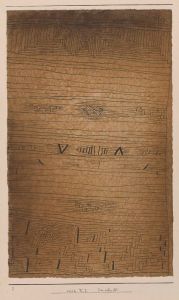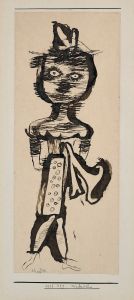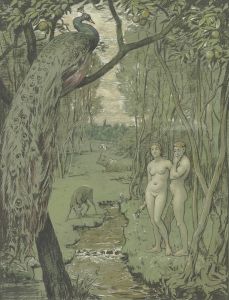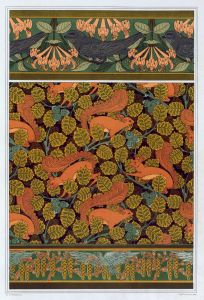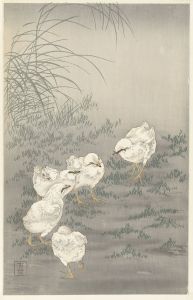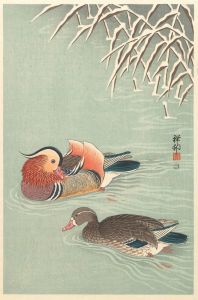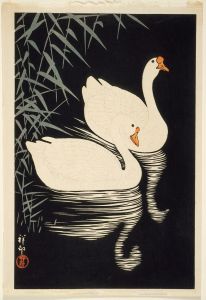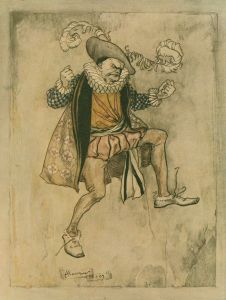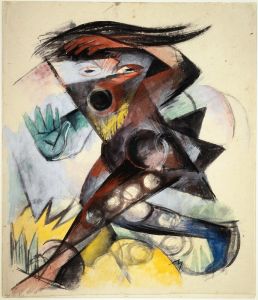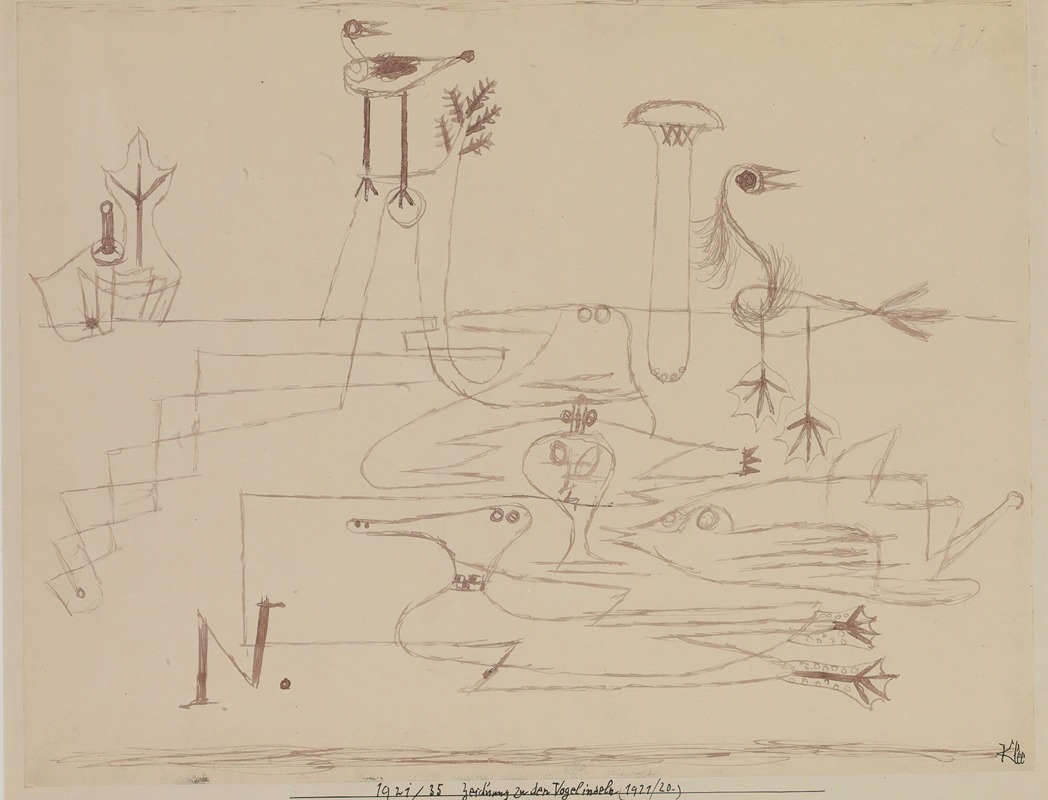
Drawing For Bird Islands
A hand-painted replica of Paul Klee’s masterpiece Drawing For Bird Islands, meticulously crafted by professional artists to capture the true essence of the original. Each piece is created with museum-quality canvas and rare mineral pigments, carefully painted by experienced artists with delicate brushstrokes and rich, layered colors to perfectly recreate the texture of the original artwork. Unlike machine-printed reproductions, this hand-painted version brings the painting to life, infused with the artist’s emotions and skill in every stroke. Whether for personal collection or home decoration, it instantly elevates the artistic atmosphere of any space.
Paul Klee, a Swiss-born artist, is renowned for his unique style that blends elements of expressionism, cubism, and surrealism. One of his notable works is "Drawing for Bird Islands," which reflects his fascination with nature and his innovative approach to art. Klee's work often features whimsical, abstract forms and a vibrant use of color, and "Drawing for Bird Islands" is no exception.
Created in 1919, "Drawing for Bird Islands" is a testament to Klee's exploration of the natural world through abstract representation. During this period, Klee was heavily influenced by his experiences in Tunisia, where the intense light and vivid colors of the landscape had a profound impact on his artistic vision. This influence is evident in the way Klee uses color and form to convey the essence of bird islands, rather than depicting them in a realistic manner.
The artwork is characterized by its delicate lines and subtle color palette, which Klee uses to evoke the idea of islands inhabited by birds. The composition is both playful and intricate, with a sense of movement that suggests the fluttering of birds and the gentle sway of island flora. Klee's use of geometric shapes and abstract forms invites viewers to engage with the piece on an imaginative level, encouraging them to interpret the scene in their own way.
Klee's artistic philosophy was deeply rooted in the idea that art should not merely replicate reality but should instead capture the underlying essence of the subject. In "Drawing for Bird Islands," he achieves this by distilling the concept of bird islands into a series of abstract forms that hint at their natural beauty and complexity. This approach reflects Klee's belief in the power of abstraction to convey deeper truths about the world around us.
Throughout his career, Klee was associated with several influential art movements, including the Bauhaus, where he taught alongside other prominent artists such as Wassily Kandinsky and László Moholy-Nagy. His work, including "Drawing for Bird Islands," played a significant role in shaping modern art by challenging traditional notions of representation and encouraging a more abstract, conceptual approach to art-making.
Klee's legacy as an artist is marked by his ability to blend different artistic styles and techniques to create works that are both visually striking and intellectually engaging. "Drawing for Bird Islands" exemplifies this legacy, showcasing Klee's skill in using abstraction to explore themes of nature and imagination. Today, Klee's work continues to be celebrated for its innovative spirit and its ability to inspire new ways of seeing the world.
In summary, "Drawing for Bird Islands" is a quintessential example of Paul Klee's artistic vision, combining abstract forms and a nuanced color palette to evoke the essence of nature. Through this work, Klee invites viewers to explore the intersection of reality and imagination, highlighting his enduring influence on the world of modern art.





